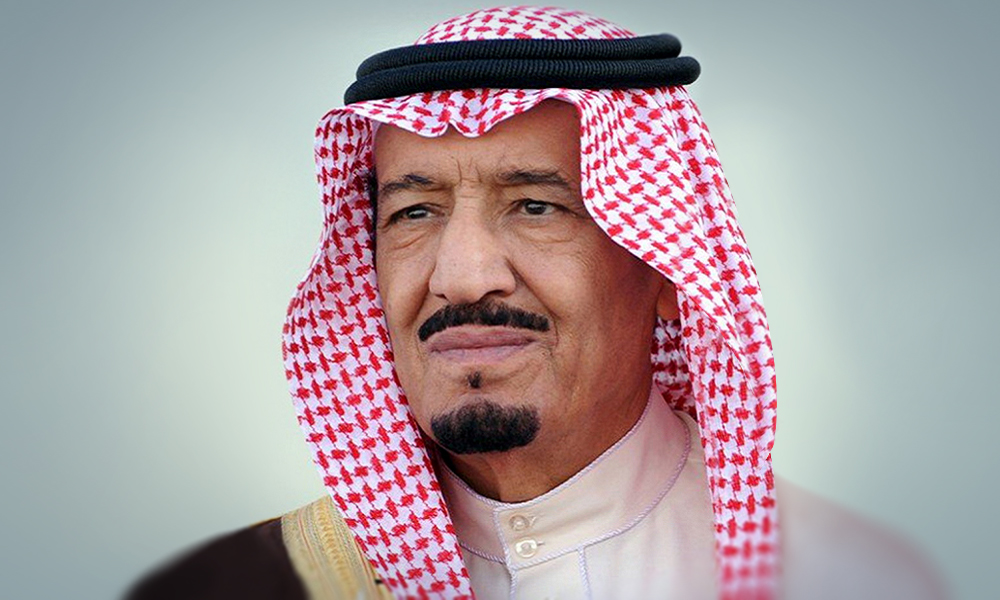Saudi Arabia’s King Salman bin Abdulaziz has launched four wellbeing projects in Riyadh. They are expected to improve the lives of citizens, transform the city into an attractive destination and make Riyadh one of the world’s most livable cities, a statement said.
The Saudi government will invest $23 billion into the King Salman Park, Sports Boulevard, Green Riyadh and Riyadh Art projects. Each project is said to complement Saudi Vision 2030’s Quality of Life Program and are aligned with the U.N. Sustainable Development Goals. The latter is designed to create sustainable cities and communities, while driving action against climate change.
The four projects are said to offer opportunities worth $15 billion for the private sector to invest in the residential, commercial, recreational and wellness areas. According to a statement, the projects are expected to create thousands of new jobs and will contribute to an integrated approach to wellness, health, sports, culture and the arts, underpinned by a commitment to environmental sustainability.
Spread over 13.3sqkm, King Salman Park is billed as a green oasis in an urban setting and the largest city park in the world. Green Riyadh is billed as one of the world’s largest urban greening projects and will increase the green cover in the Saudi capital with the planting of 7.5 million trees. This will help increase the city’s green cover from 1.5% of the total area to 9.1% by 2030, according to the Saudi government.
The project has the potential to reduce average ambient temperature by two degrees Celsius and will use more than one million cu/m of treated sewage affluent daily for irrigation, for the sustainability of water resources in the city, the statement said.
The Sports Boulevard project will feature a 135km-long professional cycling track covering the city and surrounding valleys. It will add 3.5 million sqm of new open space across the city and was designed with full accessibility for all segments of the population.
Riyadh Art is billed as the world’s single largest government investment in public art. The project is expected to establish the city as ‘a gallery without walls’ and will boast ‘a world-class interactive public arts program’.

